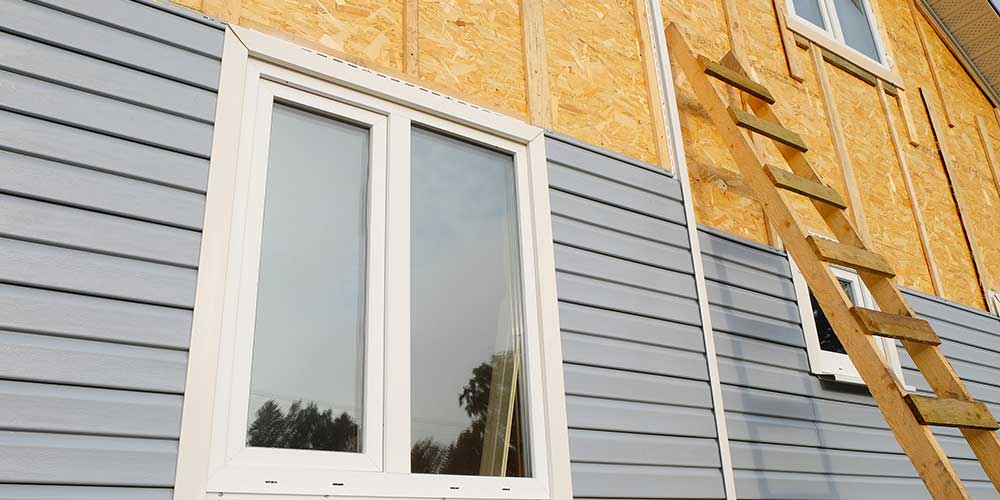If you own a home in Carroll County, Maryland, it’s important to ensure it’s safe and in good shape. One thing many people don’t think about is whether their home has asbestos siding. While discussing siding in belton and other regions, it’s worth noting that asbestos was once used in building materials because it’s strong and resistant to fire, but it can be very dangerous to your health if disturbed.
This guide will help you learn how to recognize asbestos siding, understand the risks, and know what to do if your home has it.
What Is Asbestos Siding?
Asbestos siding is made by mixing asbestos fibres with cement. Homes were built using various kinds of asbestos materials.
- Actinolite: Usually white, grey, yellow, or green. Found in sealants and cement.
- Amosite: Appears in shades of brown, gold, or black and has a gritty surface.
- Chrysotile: The most common type. It looks greyish-white and is brittle.
- Crocidolite: Rare and expensive, but easy to spot because of its blue colour and silky feel.
- Tremolite: Found in roofing and plumbing. Colours range from white to dark green.
How Can You Tell If You Have Asbestos Siding?
You can’t always tell just by looking, but here are a few signs:
- Look at the shape: Asbestos siding often has a wavy bottom edge.
- Check the back: Sometimes there are manufacturer codes that can help figure out if it’s asbestos.
- Home Age: If your house was built between 1940 and 1970, there’s a higher chance it has asbestos siding.
- Professional Testing: The most reliable way to confirm the presence of asbestos is by hiring a trained expert to test the material safely.
Is Asbestos Siding Dangerous?
Asbestos siding isn’t harmful if it’s in good condition and left alone. But it becomes dangerous if damaged because it can release tiny fibres into the air. These fibres can cause injurious diseases if inhaled.
Things that can make asbestos siding risky include:
- Ageing: Old siding can crack and release fibres.
- Home repairs: Siding can be disturbed by tasks such as drilling, sawing, or using a power washer.
- Replacing it: Removing asbestos siding is especially dangerous if not done safely.
Health Risks of Asbestos
Breathing in asbestos fibres over time can lead to serious health problems:
- Asbestosis: Causes lung scarring and breathing problems.
- Lung cancer: Risk increases, especially if you smoke.
- Mesothelioma: A rare but fatal cancer linked directly to asbestos exposure.
Should You Remove It?
If the siding is in good condition and you’re not planning renovations, it’s often safer to leave it alone. But if it’s damaged or you plan to remodel, removal may be the best option. Always hire trained professionals to handle the job.
Pros of Removing Asbestos Siding
- Safer for your health.
- It can raise your home’s value.
- Gives peace of mind.
Cons of Removing It
- It can be costly ($50–$150 per square foot).
- The process is noisy and may require you to leave your home temporarily.
- Unsafe removal practices can release hazardous fibres.
Always consult an expert if you suspect asbestos in your home.

